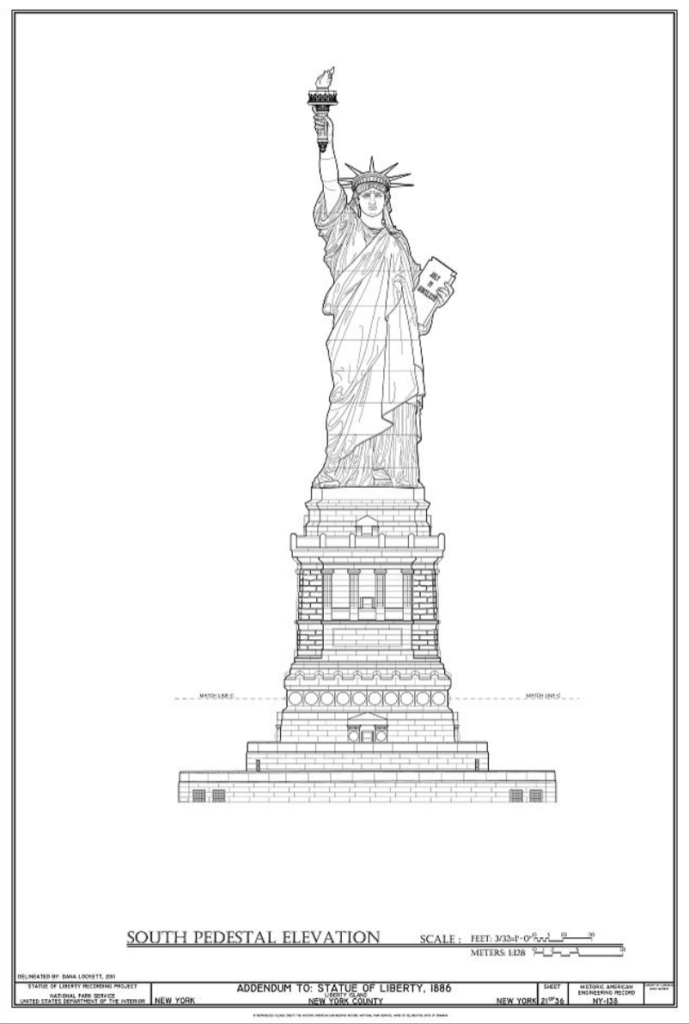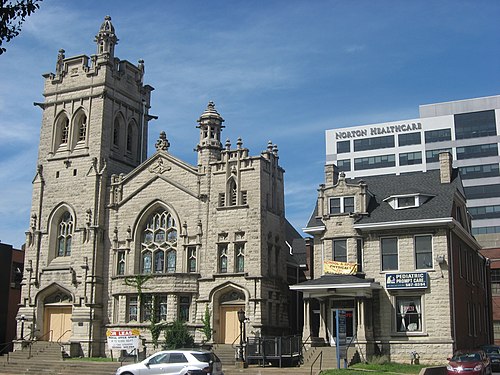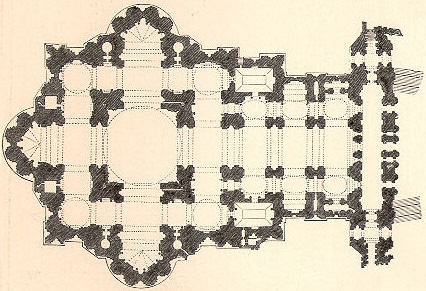Statue of Liberty Evacuation due to Smoke Sensor Activation (New York, USA)

On July 21st, 2010, tourists visiting New York’s Statue of Liberty have been evacuated, due to the activation of a smoke sensor in the elevator shaft. An investigation later determined that there was never any smoke, despite what the sensor indicated.
It is unclear how many people were visiting during the time of the incident but, presumably, several hundred would have been within the monument.
No injuries have been reported during the evacuation.
The Statue of Liberty was closed to the public because of safety concerns after the Sept. 11, 2001, attacks. After 2004 it has been reopened but the crown remained closed because the narrow, double-helix staircases were deemed unsafe for evacuations, and didn’t comply with fire and building codes. Officials have since installed new handrails to assist with the climb.
Emergency evacuation in iconic historical landmarks like the Statue of Liberty presents distinct challenges stemming from the structure’s design and historical significance. The limited and narrow staircases within the statue create bottlenecks during evacuation, especially considering the influx of visitors. The structure’s sheer height amplifies the complexity of descent, and the confined space within the statue’s crown exacerbates evacuation difficulties.
Preserving the original design and authenticity of such landmarks often clashes with modern safety requirements. Retrofitting these structures with contemporary safety features poses a dilemma, as alterations must be discreet to avoid compromising their historical integrity. The Statue of Liberty’s status as a symbol of freedom further complicates emergency scenarios, as the evacuation process must balance speed with maintaining a sense of order and calm among evacuees.
Communication breakdowns also pose a significant issue. Outdated communication systems may hinder the dissemination of crucial information during emergencies. Coordinating evacuation efforts with various authorities becomes intricate, demanding innovative solutions to bridge technological gaps.
Ultimately, addressing emergency evacuation problems at iconic historical sites necessitates a careful blend of cutting-edge safety measures and preservation strategies, ensuring both visitor safety and the conservation of these cultural treasures.





